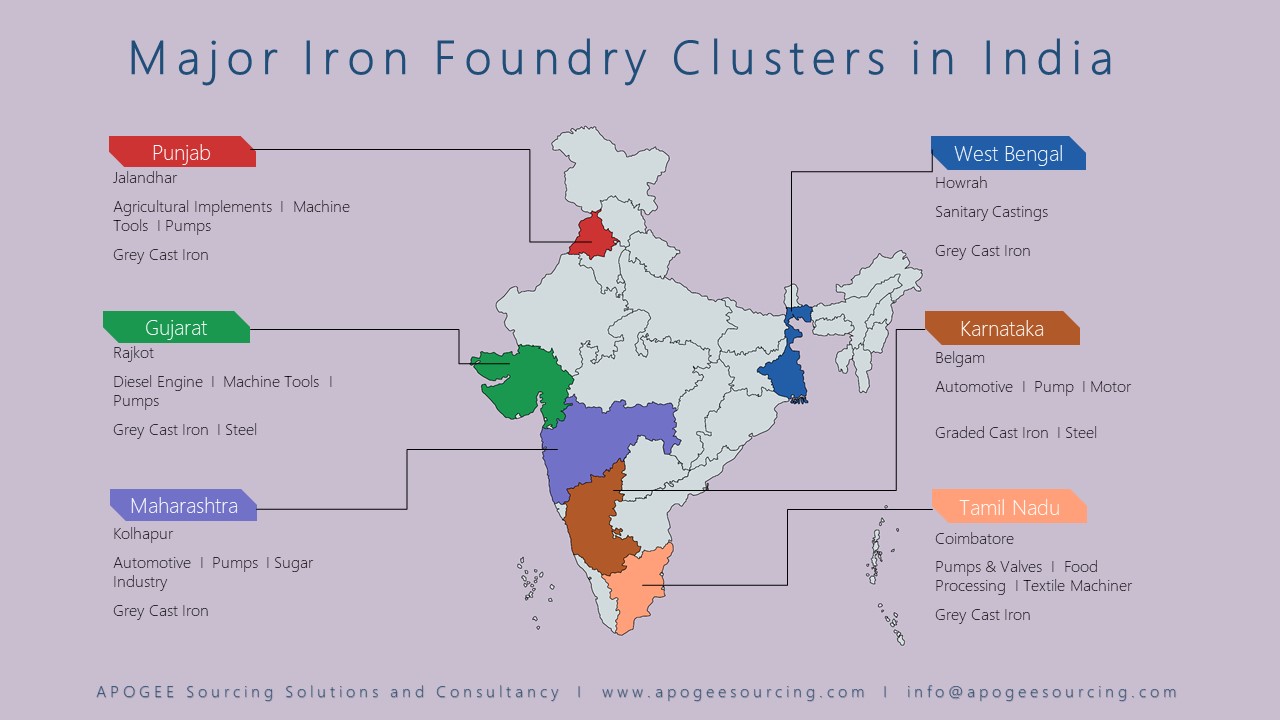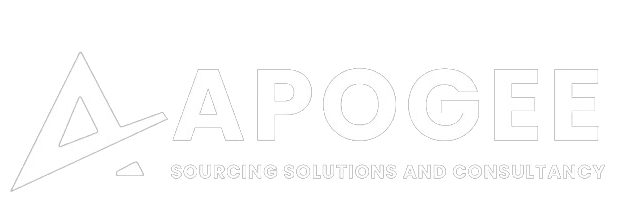How to source quality sand casting components from Indian foundry?
Before we know, how to source quality sand casting components from Indian foundry, let’s know,
What is sand casting?
A foundry produces complicated shaped products of metal and alloys, using the sand casting process. A foundry worker uses a pattern (of the shape of the final product), to create a cavity in the sand. Then he pours the molten metal in this cavity. Once the metal solidifies, he removes the sand.
Thus we get the sand-cast product from a foundry.
Cylinder heads, engine blocks, housing, etc. are some of the examples.
Over the years, the demand for sand cast products has increased and, new foundries have set-up. It has now become challenging for a buyer to search and select a reliable supplier form the lot.
In this article, we present you with a few tips about effective sourcing of sand cast products from India.
Structure of foundries in India
There are the regional group of foundries, known as foundry clusters in India. Foundries of a cluster produce mainly for the specific end product. For instance, the Punjab cluster casts for the tractor and hand tool industry. On the other hand, the Coimbatore cluster casts for the pump and valve industry.
Hence, not all clusters produce all kinds of castings.
Ductile Iron is the major share of the total foundry production.
The other grades are Nodular Iron, Stainless Steel, and Duplex Steel, etc.

Foundry defects in sand casting components
In the metal sand casting process, certain defects are inevitable. If you are planning to source raw sand cast components, you should be ready to accept rejection by up to 6%.
Mould Shift or mould mismatch, sand inclusion, flash, etc. are a few examples of surface defects. The supplier can segregate the castings that have surface defects. You may also take the help of QA service by a sourcing company.
On the other hand, there are a few defects (such as porosity, blow-holes, shrinkage, etc.) that appear after machining. If the number of the rejected components caused by such defect is more than 6%, then the supplier should be ready to replace it in the next lot.
Product Return Policy.
As mentioned, up 6% of defects are normal phenomena. The suppliers may replace the defectives in the next lot. Whereas a few suppliers might be offering different trade policies. Hence, before issuing a purchase order, you should confirm the terms.
Check the Dimensional Standard or Tolerance chart.
All credit goes to GD&T Standards. GD&T standards have made the component drawing look less cluttered now. Green sand casting foundries in India follow ISO 8062-2 standard for castings.
The machining is as per ISO 2768-mk standard, known as Open Tolerances.
Control over the tool-maker.
70% of the Indian foundries are small foundries. They outsource the pattern, tool, or mould making.
In case the foundry has no control over the outside tool room, it may delay your project.
Your foundry must control his sub-suppliers. As a buyer, you must verify this. There is another safer option, which we’ll explain in the later stage of this article.
Interview the metal casting foundry about pattern making and pouring.
You must conduct a dip-stick test about pattern making and metal pouring plans. If they are sound confident enough about the process, then you can assume that they know what they are going to do.
If the supplier’s answer is not satisfactory, it is better to contact another reliable foundry.
Effective communication with SMEs is the Key
If you are planning to update your drawings at a later stage, you must ensure that your supplier is working as per the latest version. You must carefully audit their Design Change Management process.
It is also critical to ensure that they’ve explained the design change impact on their sub-suppliers.
You must be extra cautious, during Design Change else this may lead to future troubles.
Excellent project management leads to a successful project.
You should know the cross-functional team (CFT) working on your project.
The CFT should prepare a master development schedule (MDS) that lists all activities and timeline. The first point to check is if the supplier’s development schedule is in-line with your project milestones?
You should frequently review the project progress with the CFT, based on the MDS. In case of any delay, the CFT should present a catch-up plan.
Product Quality Testing is the top priority.
You must check how the metal casting supplier will verify the product quality? The supplier should prepare an inspection & testing plan and submit it to you.
- Please check if the supplier has included all the dimensions of your product drawing. Also, check if they have calibrated measuring instruments.
- Next, you should check Chemical composition, mechanical properties, etc. The supplier foundry may have outsourced these to an external laboratory. Please don’t forget to verify the credentials of the laboratory.
- Your supplier may have multiple facilities of metal casting. Please check if each facility has a dedicated test lab? Your supplier should manufacture your products where the test lab and production are in the same facility.
Conclusion
Would you like to manage all the above points by yourself?
If you haven’t sourced your sand casting components from India ever before, don’t take the risk of doing it all by yourself. Outsource it to a sourcing company, who are experts in this.
Many global companies are already getting their products sourced through sourcing companies.

